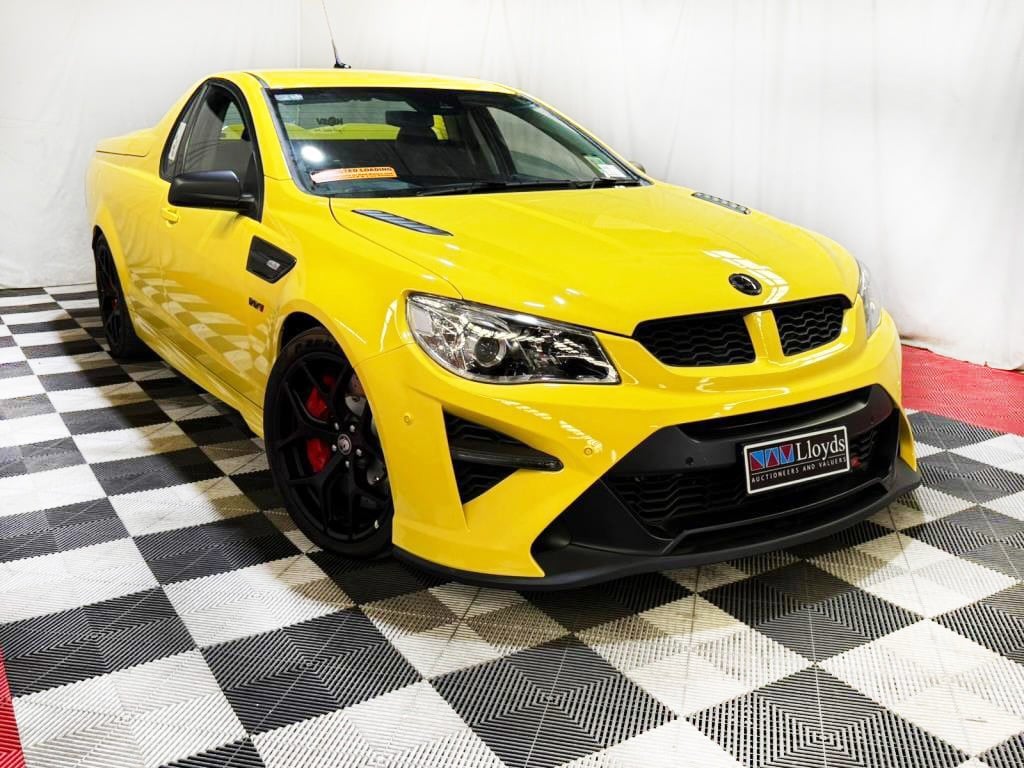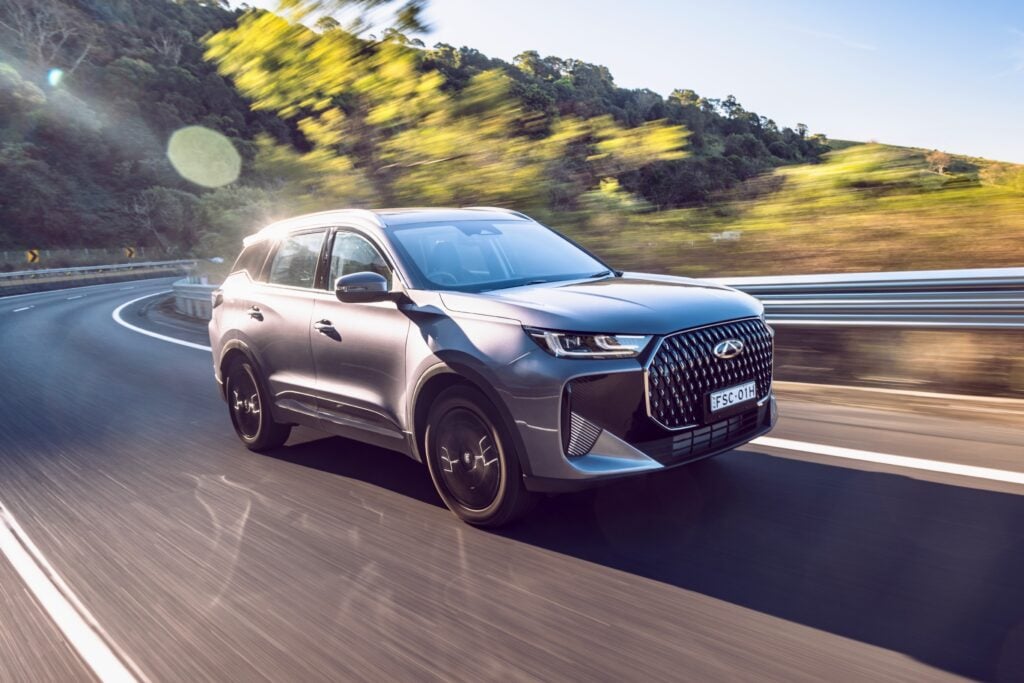SUSTAINABILITY equals premium? Dr Hans Rathgeber couldn’t believe it either. The hard-headed engineer, who has worked on BMW Group’s Efficient Dynamics program since 2000, says it was always clear that car buyers would grow increasingly concerned about driving’s environmental impact.
But the man in charge of total vehicle architecture and integration never dreamed that high efficiency, low consumption, and the use of recycled and renewable materials, would become priorities at the top end of the market. “That I didn’t see coming,” he says, shaking his head.The Vision concept, a plug-in diesel-electric hybrid 2+2, is proof that BMW believes this market shift is close at hand. Arguably the most significant car at Frankfurt in 2009, it was built specifically to discover where the tastes of wealthier car buyers are headed. During the public days of the Frankfurt motor show, BMW conducted detailed interviews with potential customers.Original and arresting, beautifully proportioned, deliciously detailed, it’s hard to imagine anyone disliking the Vision’s design. But its technology poses some difficult questions. As Rathgeber observes, its looks say ‘V10’, yet the engine between its rear wheels is a small, three-cylinder turbo-diesel. “This is very, very far away from what the customer nowadays is used to,” he says.What the Vision does offer, however, is familiar performance levels. Rathgeber insists that the car’s computer-calculated power and performance claims are achievable. They’re impressive: the maximum system outputs of the Vision’s diesel engine and two electric motors is 262kW and 800Nm, good for 0-100km/h in 4.8sec (0.1sec faster than a manual M3 sedan) and a (limited) top speed of 250km/h.Yet the fuel consumption, also computer-calculated, is just 3.8L/100km, for carbon dioxide emissions of 99g/km. That’s with the diesel running. With charged batteries, the Vision’s electric-power-only range is 50km, with even lower carbon-dioxide emissions (taking into account what’s coming out of the power station smokestack, of course).As well as being a design exercise and a market research tool, the Vision is a rolling showcase of technologies BMW believes have a place in the sustainable-equals-premium near future.
Key highlights
FRONT ELECTRIC MOTORA second, more powerful electric motor is packaged between, and connected to, the Vision’s front wheels. Capable of a sustained output of 60kW, it also can be boosted briefly to much higher power: 84kW for up to 30 seconds, 104kW for up to 10 seconds. Maximum torque is 220Nm. Like the rear motor, it can also recycle energy via regenerative braking.LITHIUM-POLYMER BATTERIESThey’re already popular in model aircraft, but Vision’s lithium-polymer batteries (an advanced kind of lithium-ion technology) come from elsewhere. “We took this battery from F1,” confides Rathgeber. One of lithium-polymer’s chief attractions is that it doesn’t require the complex and weighty cooling of conventional lithium-ion batteries. But a more important attribute, he says, is their ability to deliver brief bursts of high energy. “Normally, if you design a car, the maximum power, it’s for every situation,” he points out. “Now, I limit it a little bit, because no-one drives a car always with full throttle.” The LiPo batteries are the reason both of the Vision’s two electric motors are able to briefly boost to high power outputs. The 98 cells in the car’s centre tunnel have a gross storage capacity of 10.8kWh, with 80 percent, or 8.6kWh, of it useable.REAR HYBRID UNITVision’s 1.5-litre, three-cylinder turbo-diesel is literally one half of BMW’s latest 3.0-litre, in-line twin-turbo diesel six, but with higher per-litre output figures. Maximums are 120kW and 290Nm. Despite its three-cylinder configuration, this is premium technology. “It’s not an engine for people with small wallets,” says Rathgeber, drily. Sandwiched between the diesel and its six-speed double-clutch transmission is an electric motor (similar to that in the 7 Series hybrid), that delivers a sustained 25kW or, for brief bursts, 38kW (see breakout, left). Its torque rating is 290Nm. Capable of driving the Vision in electric-only mode, the motor can also generate electricity through regenerative braking.CHASSISDisregard the Vision’s aluminium chassis structure, says Rathgeber. It just happened to be what BMW chose for this concept car. For production, the choice of chassis material would depend on the numbers. “There is always the question: ‘what sales volumes do you plan for the car?’” he says. “And that depends if such a concept is standing alone, or if it has synergies with other models…”WHEELS & TYRESNow engineers, as well as designers, want 21-inch wheels. The size of the Vision’s wheels was selected for purely technical reasons, according to Rathgeber. The larger diameter brings a fuel-saving reduction in rolling resistance, he says, but with no loss in grip for cornering and braking. Even though the tyres’ size is 195/55, the longer contact patch puts as much rubber on the road as a wider tyre on a smaller diameter wheel. “That is engineering thinking…”THERMO-ELECTRIC EXHAUSTOne of the most fascinating details of the Vision is its exhaust, which features a muffler-like 200W thermo-electric generator to turn normally wasted heat into useful energy. Rathgeber admits this technology, which converts heat directly into electrical energy, is still under development. The metal-based semi-conductor material that does the magic has problems with higher temperatures. But the executive believes they will be overcome. “Everywhere you look over the country, energy is wasted,” he says, especially in conventional coal-burning power plants. “All over the world, not only in the car, people will look for this efficiency.”DESIGNVision’s exterior and intriguing interior are the work of two young designers; one Croatian, the other Belgian, both hired from Volkswagen. Mario Majdandzic and Jochen Paesen were the winners of an internal design competition run by BMW with the aim of giving the company’s Efficient Dynamics slogan a recognisable face.Their winning presentation was made using some virtual work and lots of paper, no models. From sketches to show took just six months. “It was very fast,” says Majdandzic. After the initial rough design work, the pair had just five weeks to complete detailed drawings. Building the Vision took another four months.Ironically, given BMW’s decision to withdraw from Formula One, Majdandzic cites F1 as one of the major influences on his design. “All the wings [on an F1 car] improve aerodynamics,” he explains, “we’ve just reduced [them] and make [them] look more elegant.”Vision’s elegance also derives from the designers’ determination to make everything they could multi-functional, like the strip of LED tail-lights that are shaped to also serve as a rear spoiler. This aero-inspired multi-functionality is key to the Vision’s distinctive ‘layered’ look. And because so much of the interior is visible, the same theme is continued there. Paesen thinks the Vision’s sustainable materials have particular appeal. “Natural materials wear in a different way,” he says. “You get to see that they have been used, but this has a quality about it.”





